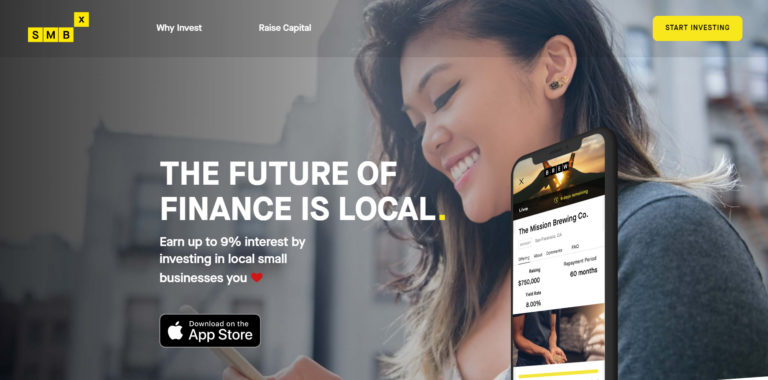All over the world companies, small and big, have a common problem: lack of cash.
Unless your clients pay for your products/services right away, chances are you stand on a mountain of unpaid invoices and think about how you’ll pay your bills, taxes and employees at the end of the month.
It puts your business in danger and also prevents any further development.
This is where invoice finance comes to the rescue
The principle is very simple: some finance companies will pay you in advance 80-90 cents in every dollar of unpaid invoice you have. This gives you instant cash for wages, products, bills, taxes etc.
As soon as your debtor pays, you’ll get a second (remainder) payment.
There are fees associated with this process, as you can imagine.
Invoice finance fees
When you choose invoice financing you won’t be charged just the regular interest rate charged on an invoice (anywhere between 2-10% of the total amount). There are other fees as well.
- initial fee to open the facility
- interest rate (as mentioned, 2-10% of the total invoice amount)
- late payment fees
- due diligence fees
Always take all these fees into account, when deciding to use such a funding source, so that you can find the best deal for your company.
When deciding on the interest charged, the financier takes into account your past relationships, your credit rating and the amount on the invoice or invoice ledger.
Types of invoice finance
There are 2 types of invoice finance you should take into account.
Invoice discounting
This is the more common type of invoice finance. The financier leads a company cash, knowing the company’s invoices are security, until the customers pay them.
The company taking the loan has to collect this money from their customers and then pay it back to the financier.
Invoice factoring
In this case the bank or financier doesn’t just wait for their client to collect the money from the invoices issued to their customers, but the financier itself takes control over the sales ledger.
They manage the payments and collection of payments themselves. It’s also a more expensive process than invoice discounting.
As a company, you could come up with a reward system for clients who pay early and a good collection system for those who are late with payments. Otherwise your company’s growth would be hindered.
How to pick an invoice financing provider
First of all, relying on invoice financing for your business should be an extreme measure, don’t fall into this habit.
Ideally you should be able to collect your money directly from your clients, keep your business costs down and a positive cash flow every month.
Invoice financing tips
Ask about the fees
As we mentioned before, invoice financing costs you money. You will pay some fees and this is where financiers differ: some use 2-3 fees and are very straightforward with it, while others have multiple fees, some hidden.
Before you agree with their proposal, make sure you get all the numbers straight.
How will you get the money?
Some invoice financing companies offer invoice factoring, lines of credit and payment plans. This means different advance percentages and fees, so be sure to ask about their finance model.
What happens if your invoice doesn’t get paid?
We all had ‘that’ client who fails to pay the invoice. What happens if the invoice remains unpaid? Is this a risk your lender will carry? Is it yours to take care of?
Who manages the relation with your debtor?
Is the financing company chasing your clients for the unpaid invoices? This can cost you your relationship with the client. While we don’t want business partners who don’t pay on time, in some cases their delay has a good reason and they could remain good clients and actually pay on time the next time.
Invoice finance is not something you should rely on too often, but, if needed, it can save your business and allow you to move forward.




